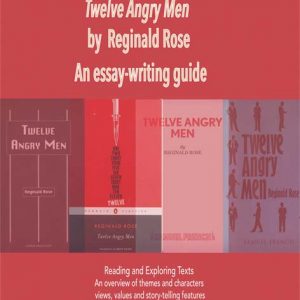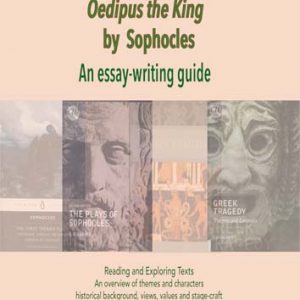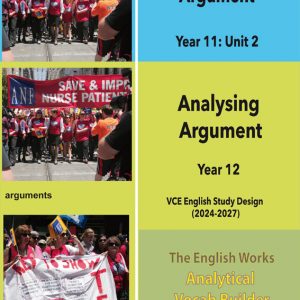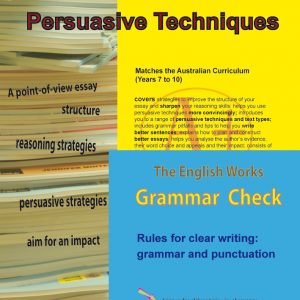Wednesday 8th March 2023
A smart comparison
Work on your “language of comparison”. Comparisons generally underpin an author’s key ideas and are critical to the structure of their argument. For example authors prove their point by showing similarities and differences with a similar concept or object/ proposal.
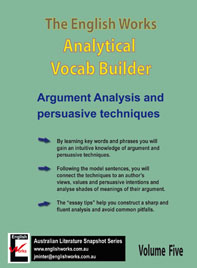
Revise pp 13-15 (Analytical Vocab Builder)
This language is also critical to a comparison of multiple opinion texts. You must compare each author’s key ideas and their key techniques and cross-reference similarities/differences in word choices.
A smart structure: if you are doing a longer text (Text 1: 2 key ideas); a short text (Text 2: 1 key idea) and a cartoon (Text 3: 1 key idea) = 4 key ideas
- Para 1: Text 1: first key idea (plus image if relevant)
- Para 2: Text 2: Compare Key Ideas (with Text 1)
- Para 3: Text 1: second key idea (cross-reference with another text/image)
- Para 4: Text 3: compare key ideas with Text 1 or 2
Revise pp 50-51
Also work your “call to action” terminology. This language requires you to be specific with regards to audience segments and their persuasive intent.
- Quoting Mr O’ Connor, Cracker prevails upon government officials to realise that it is impossible to “arrest our way out of their situation”. By leveraging off the expertise of eminent law enforcement officials, Cracker expects to gain the trust of a wide audience – including sceptical citizens and officials – who he believes are hindering circuit-breaking policies.
- Mr Cracker dissuades government officials from continuing with the same old “tried and tested way of tackling drugs. In doing so he galvanises politicians into adopting a “game changer” – a circuit breaker.
Revise p. 19
To achieve a high-scoring response you must achieve maximum meaning out of the text.
- Avoid generic sentences
- Always contextualise the techniques;
- Avoid isolate words and phrases without reference to the context.

